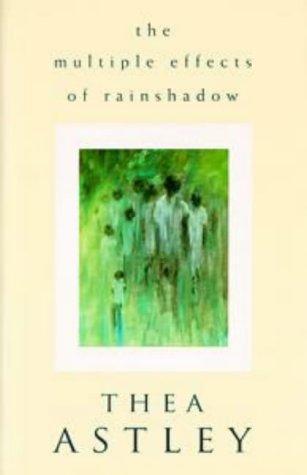What do you think?
Rate this book


296 pages, Hardcover
First published January 1, 1996
In the little hours of a January morning in 1930, on an island off the Queensland coast, a man goes berserk with a rifle and a box of gelignite. Is he evil? Or crazy? His violence is in fact a mirror for the brutality of Australian life – and is a dim reflection at that, in a country where atrocities by whites against blacks are so ingrained few question them.
The effects of the rampage ripple out from the island to link the fates of those who witnessed it, across the north and down through the decades. It is a time when silence in the face of tyranny is at its loudest. When allegiance to English niceties is confounded by the landscape and by the weather. And change is a slow wind that brings little real difference.